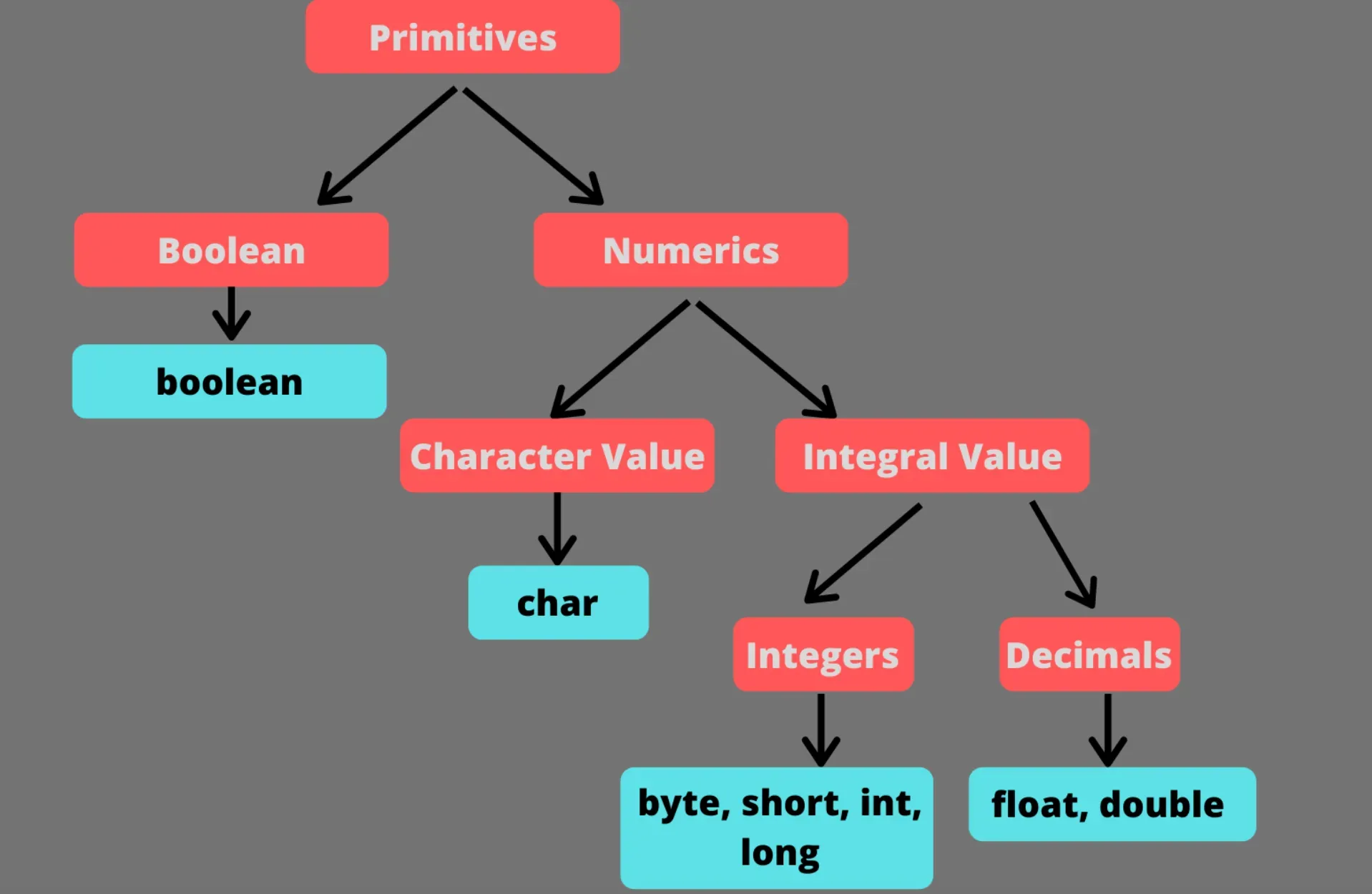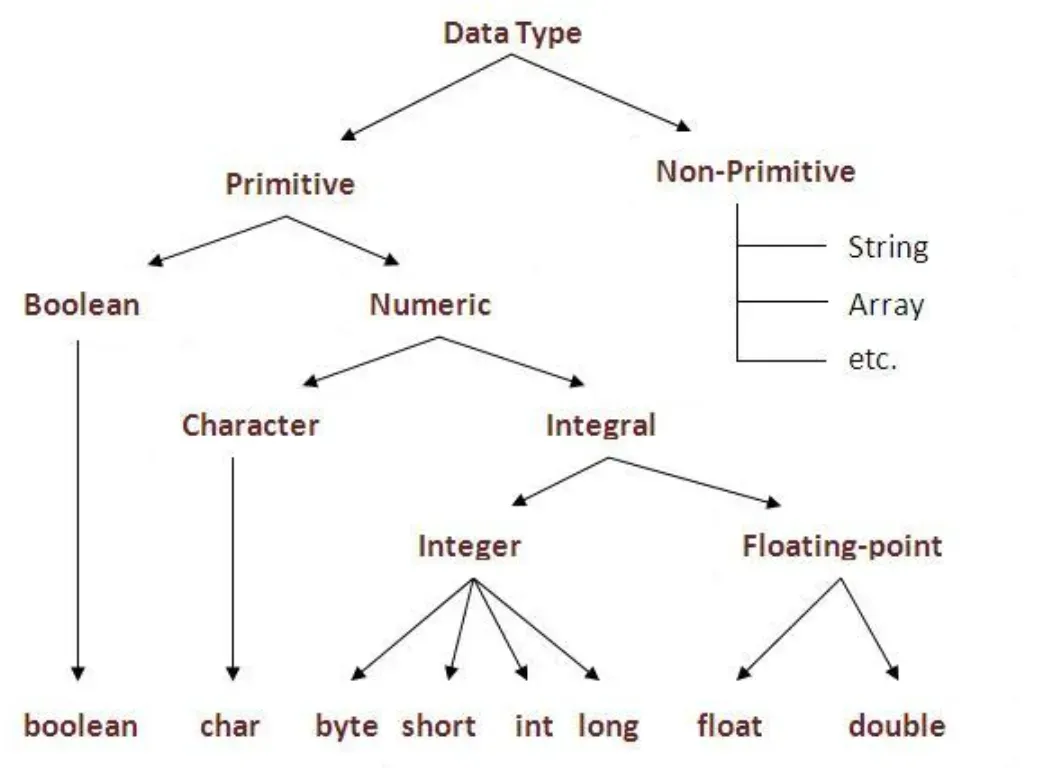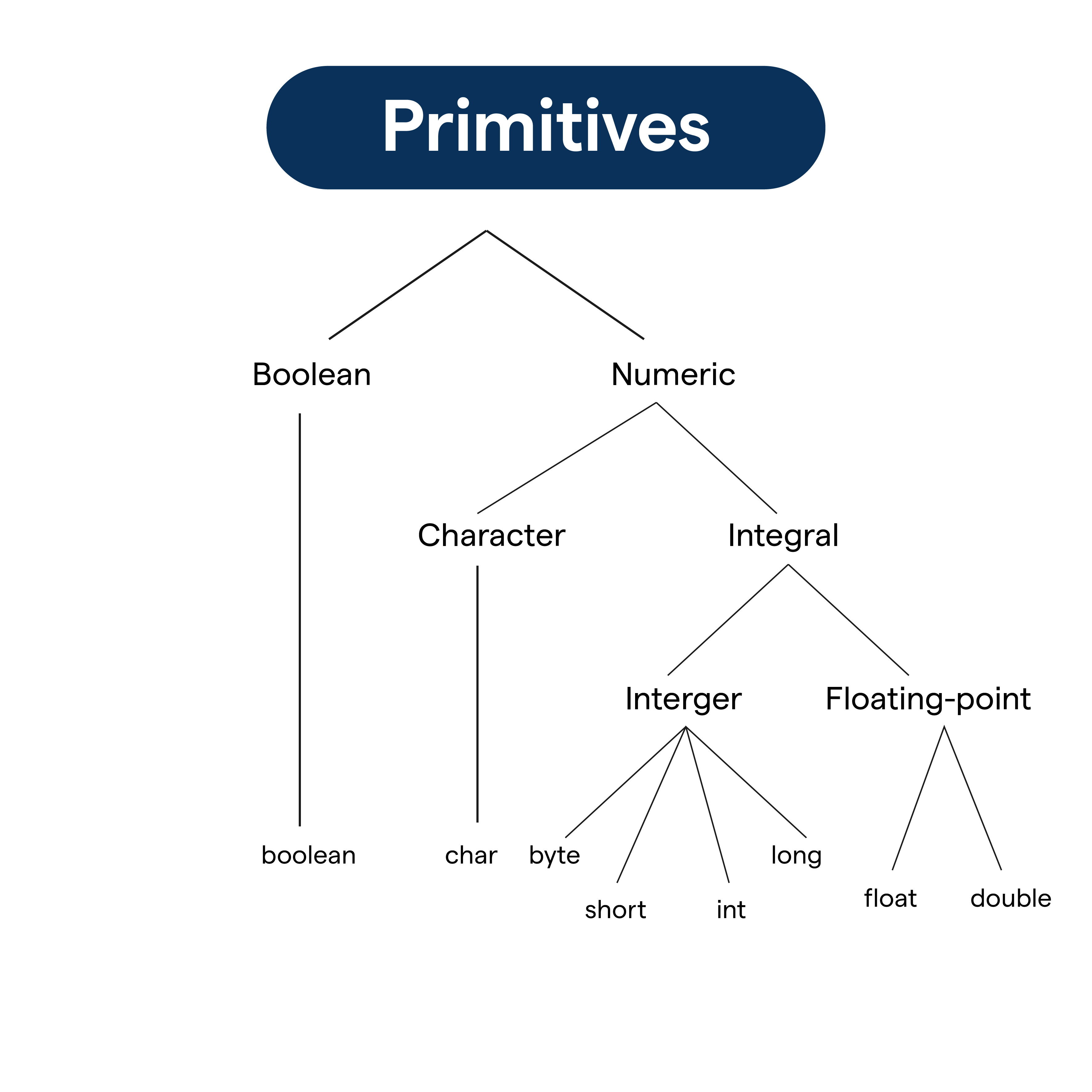What are Primitives?
In computer science, Primitives are the simplest and most fundamental entities or elements that the system can handle. They form the building blocks of construction.
Types
Primitives can be categorized into different types, such as data primitives (integers, characters, booleans, floats), geometric primitives (points, lines, polygons), synchronization primitives (locks, semaphores), and many more.
Role
Primitives play a crucial role as foundational elements in programming, computer graphics, data structures, algorithms, and multi-threading processes.
Characteristics
Primitives are usually immutable, pre-defined, and directly supported by the system or language.
Importance
Understanding Primitives is essential due to their wide application and importance in solving complex programming, computing, or graphical challenges.
Why are Primitives Important?
With an understanding of what Primitives are, next, let's explore why they hold such importance in the realm of computer science.
Simplicity
Primitives are simple, fundamental elements that form the basis of complex constructs.
Efficiency
As Primitives are directly supported by the system, working with them is often more efficient than working with complex types.
Data Manipulation
Primitives, especially data types, form the basic units for data manipulation in programming.
Graphics Creation
In computer graphics, geometric primitives like points, lines, and polygons are used to create designs and simulations.
Concurrency Control
In multi-threading and concurrent computing, synchronization primitives control the execution order of threads and processes.
When to Use Primitives?
Understanding the proper usage of Primitives can assist in optimizing programming tasks.
Basic Data Representation
Primitives, particularly data types, are used for basic data representation in programming and computing tasks.
Creating Complex Data Structures
Primitives are used as building blocks to create complex data structures like arrays, linked lists, trees, and graphs.
Graphical Properties
For game development or animations, geometric primitives are used to define the properties of graphics.
Handling Concurrent Processes
Synchronization primitives are applied when multiple concurrent threads or processes need to be managed and controlled.
Algorithmic Operations
Primitives often serve as inputs for algorithms, especially those dealing with data manipulation, sorting, and searching.
Where are Primitives Used?
Primitives are applied across a wide variety of areas in computer science and digital technology.

Programming Languages
Primitives form the basic data types in various programming languages, like Java, C++, Python, etc.
Computer Graphics
In computer graphics design, geometric primitives are used to shape objects and models.
Database Systems
In database systems, primitives are used in data manipulation language operations and defining data types.
Operating Systems
Synchronization primitives are used in operating systems for efficiently managing concurrent threads or processes.
Data Structures and Algorithms
Primitives form the base of complex data structures like arrays, stacks, queues, lists, etc., and play a vital role in algorithmic operations.
How Do Primitives Work?
Understanding how Primitives work can lead to better application and use in numerous tasks.
Data Primitives
Data primitives like integers, booleans, floats, etc., directly represent data and are manipulated using various operators.
Geometric Primitives
Geometric primitives like points, lines, polygons, etc., form the building blocks used to create and manipulate graphical designs and models.
Synchronisation Primitives
Synchronization primitives like locks, semaphores, events, etc., control the execution of multiple concurrent threads or processes.
Procedure Primitives
Procedure primitives represent basic instruction types within a programming language.
Aggregate Primitives
Aggregate primitives group together other primitives or objects, like in arrays, lists, or sets.
Challenges with Primitives
Despite their importance, there are certain challenges associated with the use of Primitives.

Limited Functionality
Primitives offer limited functionality compared to complex or custom types and objects.
Memory Management
Excessive use of Primitives can lead to inefficient memory management in some cases.
Error Handling
Primitives often lack built-in error handling, which has to be managed by the developer.
Type Constraints
Primitives are subject to type constraints and restrictions imposed by the programming language.
No Methods or Behaviours
Being simple data types, Primitives don’t have associated methods or behaviors like objects do.
Best Practices with Primitives
Understanding certain principles or best practices can help you leverage Primitives effectively in your computing tasks.
Appropriate Use
Use Primitives appropriately, considering their characteristics, type restrictions, and application.
Memory Management
Manage memory efficiently while using Primitives, particularly in higher-level programming languages.
Error Handling
Ensure proper error handling while using Primitives, as they might not provide built-in methods for the same.
Type Conversion
Be careful with type conversion operations involving Primitives, as incorrect conversions could lead to unexpected results or errors.
Selection of Primitives
Select the correct Primitives based on your requirements, whether it's for data manipulation, graphics design, or managing concurrent processes.
Trends in Primitives Use
Despite their seemingly static nature, trends in the usage of Primitives do emerge with advances in computer science.

Advanced-Data Types
With the evolution of programming languages, advanced data types that extend the traditional Primitives are emerging.
Optimization Techniques
New techniques for optimizing the use of Primitives in complex constructs and high-performance computing tasks are frequently being developed.
Graphics and Gaming
The use of geometric primitives in graphics, gaming, and virtual reality continues to be an evolving field.
Concurrency and Parallelism
The growing importance of concurrency and parallelism in computing has led to new developments in synchronization primitives.
Data Structures and Algorithms
The study of data structures and algorithms, which form the basis of much of computer science, is always evolving, with Primitives being an essential part of the equation.
Frequently Asked Questions (FAQs)
What are primitives in the context of programming?
In programming, primitives are the most basic data types that are supported natively by a language and usually provide the building blocks for more complex data structures.
Can primitives be extended or customized in programming languages?
Generally, primitives are fixed in size and functionality and cannot be extended or customized, unlike objects or complex data types.
How do primitives compare to objects in terms of efficiency?
Primitives are typically more memory-efficient and faster to process than objects since they hold the minimum data necessary to represent a single value and do not contain methods or attributes.
Why are primitives important in systems programming?
In systems programming, primitives are crucial for performance and resource management, as they allow direct and efficient manipulation of hardware resources.
Do all programming languages use the same set of primitives?
No, the set of primitives can vary between programming languages, but commonly includes types like integers, floats, booleans, and characters.

